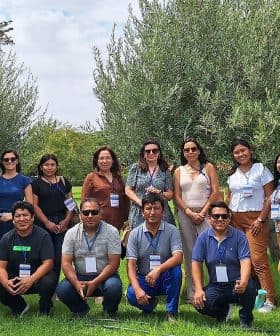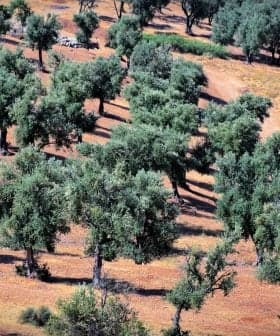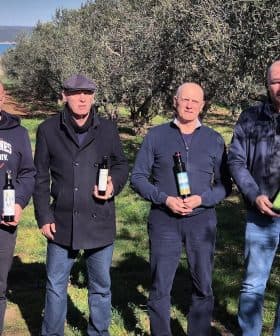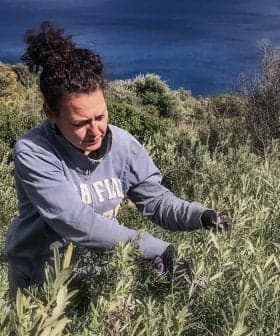Optimistic Forecasts for Harvest in Italy
Under the current conditions, the yield could exceed 315,000 tons -- lower than the average of the last decade, but still better than in recent years.
Italian olive oil production for the 2019/20 season is expected to increase by 80 percent compared to the previous year, with the organization of Italian farmers cautioning that weather conditions will play a crucial role in the harvest. Despite the increase, the yield may still be lower than the average of the last decade, but it is an improvement over recent years, with the southern regions showing significant recovery after a drop in production last year.
According to preliminary estimates by Coldiretti, based on Ismea/Unaprol data, Italian olive oil production in the 2019/20 season is expected to increase by 80 percent, compared with last year.
The organization of Italian farmers cautioned that weather conditions will now be crucial in determining how the harvest goes. In the coming months, factors such as rains and temperatures may have a major impact on volumes.
Forecasts are optimistic, and we are glad that the southern regions have fully recovered after last year’s drop in production.
However, under the current conditions, the yield could exceed 315,000 tons, which is lower than the average of the last decade, but still better than the production levels reached in recent years.
Last year was the lowest registered harvest over the past three decades, with a 175,000-ton yield. Nevertheless, the poor amount obtained by the Italian olive growers was offset by the high quality of their production, which was as high as ever.
See Also:2019 Olive Harvest NewsThe first provisional global data for the 2019/20 crop year show that Spain could reach 1.35 million tons of olive oil, down from the 1.77 million-ton output of the previous year. However, production is expected to increase throughout the Mediterranean region, after a drop in volumes last harvest season.
Italy’s southern regions, which account for most of the national output, will most likely record a significant increase while forecasts for the northern areas are less confident. In some central-northern territories, dry heat during late flowering caused problems which are emerging in varied ways.
The sound health of the olive groves in the south appears to be confirmed by very early experimental harvests carried out in Sicily and Puglia: On August 22, in the province of Palermo, producers tested autochthonous varieties; on August 27, in Gagliano del Capo, in Salento, fruits were harvested from plants grafted with olive cultivars which are tolerant to Xylella fastidiosa.
According to Coldiretti, Puglia will record an increase by 70 to 80 percent after the drastic collapse recorded last year, with an extraordinary recovery in the Bari area, in the province of Barletta-Andria-Trani and Foggia, along with very good performances in Taranto and Brindisi.
“Forecasts are optimistic, and we are glad that the southern regions have fully recovered after last year’s drop in production,” David Granieri, the president of Unaprol, told Olive Oil Times. “Our goal is to ensure an increasingly stable and competitive production on international markets. Significant volumes are beneficial not only to the industry but also to all the allied activities because they generate new employment and promote territorial development.”
The official start of the harvest in Italy is scheduled for this month. In the second half of the September, several mills will be fully operational, then harvesting activities will gradually begin throughout the Boot and continue up to November.
The association of olive producers, Aprol Campania, told Olive Oil Times that the first fruits of the region to reach the mill, on September 20, will be those of the Sorrento and Amalfi coasts, alongside other areas near the sea. In the inland areas, the first olives will be picked in early November.
In Irpinia, in the internal areas of Cilento and in most of the production areas of Salerno and Caserta, the first operations in the olive groves are planned for the second week of October. Producers in the Benevento area are ready to start between the first and second week of October too.
Fruits are collected according to a range of factors including variety, soil and climate, the latter of which has become increasingly variable and will be carefully considered by producers until harvest.









